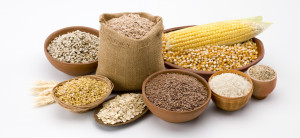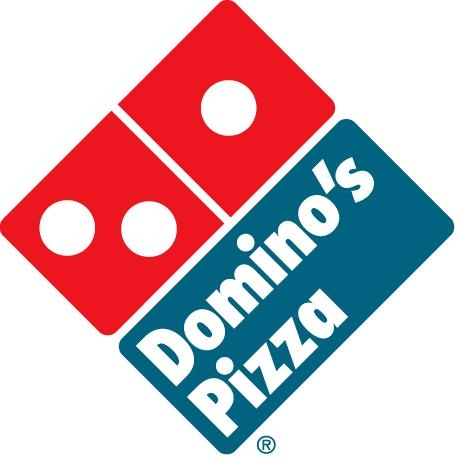
Given the 21st-century backlash against consumerism, it might seem contrary to write a post about my experiences of shopping in Russia, but different country, different era.
What’s more, shopping presented one of the best opportunities we had as students to practise our language skills in a ‘real’ environment outside the classroom.
As I mentioned in my first post about living in Russia in the 90s, after morning lectures had finished, we invariably headed off into the city centre of St Petersburg to see what we could find.
Shops in Russia – even a major city like St Petersburg – were an oddity. Not their existence, rather what they sold.
Buying food
There wasn’t much originality in shop names in 1992. For example, there were numerous places called ‘Moloko’ meaning milk. The irony was that milk was almost never on sale in these shops – in fact, the primary product available appeared to be cognac (the Russian version).
Looking for items of food was always a major element of our excursions into town. Certain items were always available: every second shop’s window display was stacked with jars of pickled goods.
Pickling was of course, a necessary way for citizens to preserve a glut of produce before they went bad (although I didn’t properly understand that at the time). Continue reading “Memories of a Russian winter: Part 2 – shopping”
 I’m currently reading
I’m currently reading  When pizzas were first invented as a way of creating a cheap meal, little did they know what they would be turned into by the might of
When pizzas were first invented as a way of creating a cheap meal, little did they know what they would be turned into by the might of